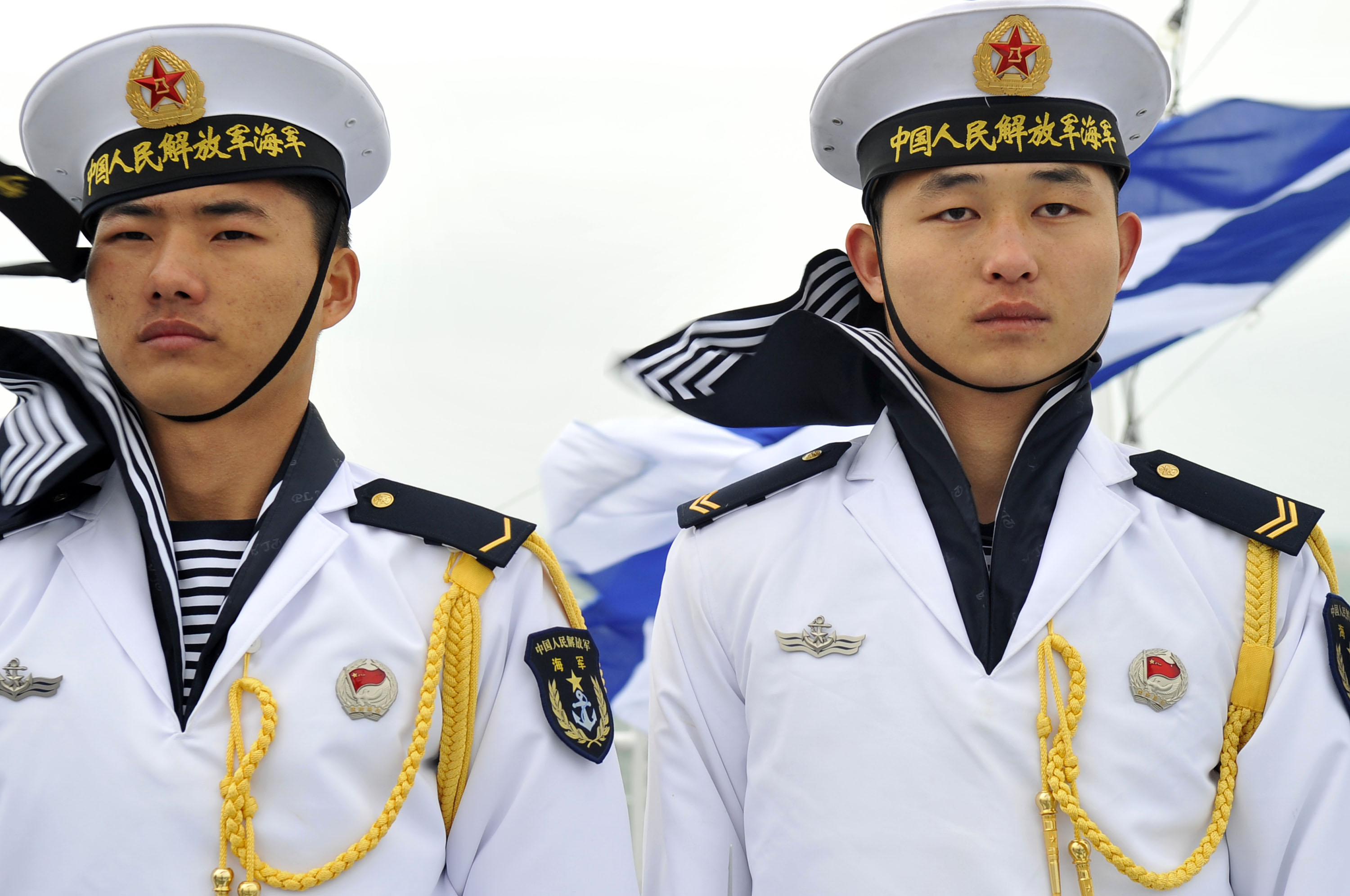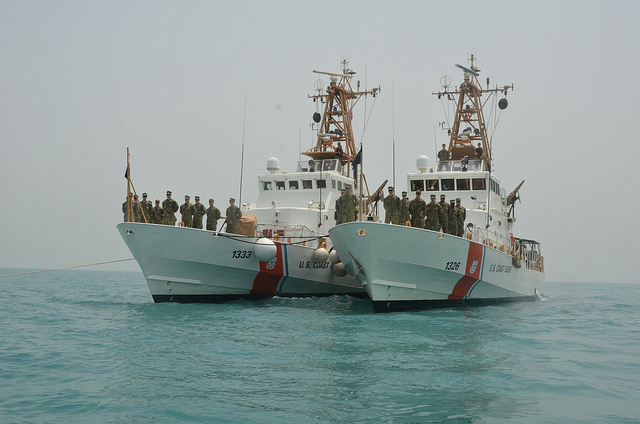China’s new wave of assertiveness in the South China Sea
 Since 1 May, China has deployed the Haiyang Shiyou 981 floating oil rig off the central coast of Vietnam for an exploratory mission. Vietnam has been infuriated as the rig has been parked well within Vietnam’s lawful Exclusive Economic Zone (EEZ), just 120 nm from its maritime baseline. It has also caused widespread concerns across the region.
Since 1 May, China has deployed the Haiyang Shiyou 981 floating oil rig off the central coast of Vietnam for an exploratory mission. Vietnam has been infuriated as the rig has been parked well within Vietnam’s lawful Exclusive Economic Zone (EEZ), just 120 nm from its maritime baseline. It has also caused widespread concerns across the region.
The incident is the latest development in what can be seen as a new wave of Chinese assertiveness in the South China Sea following its successful de facto seizure of the Scarborough Shoal from the Philippines in 2012. After a relatively calm year of 2013, this new wave started earlier this year with China’s siege of the Second Thomas Shoal in the Spratlys. There are also reports that China has been actively preparing for the construction of an airstrip on the Johnson South Reef, which it occupied after a naval skirmish with Vietnam in 1988. Read more




